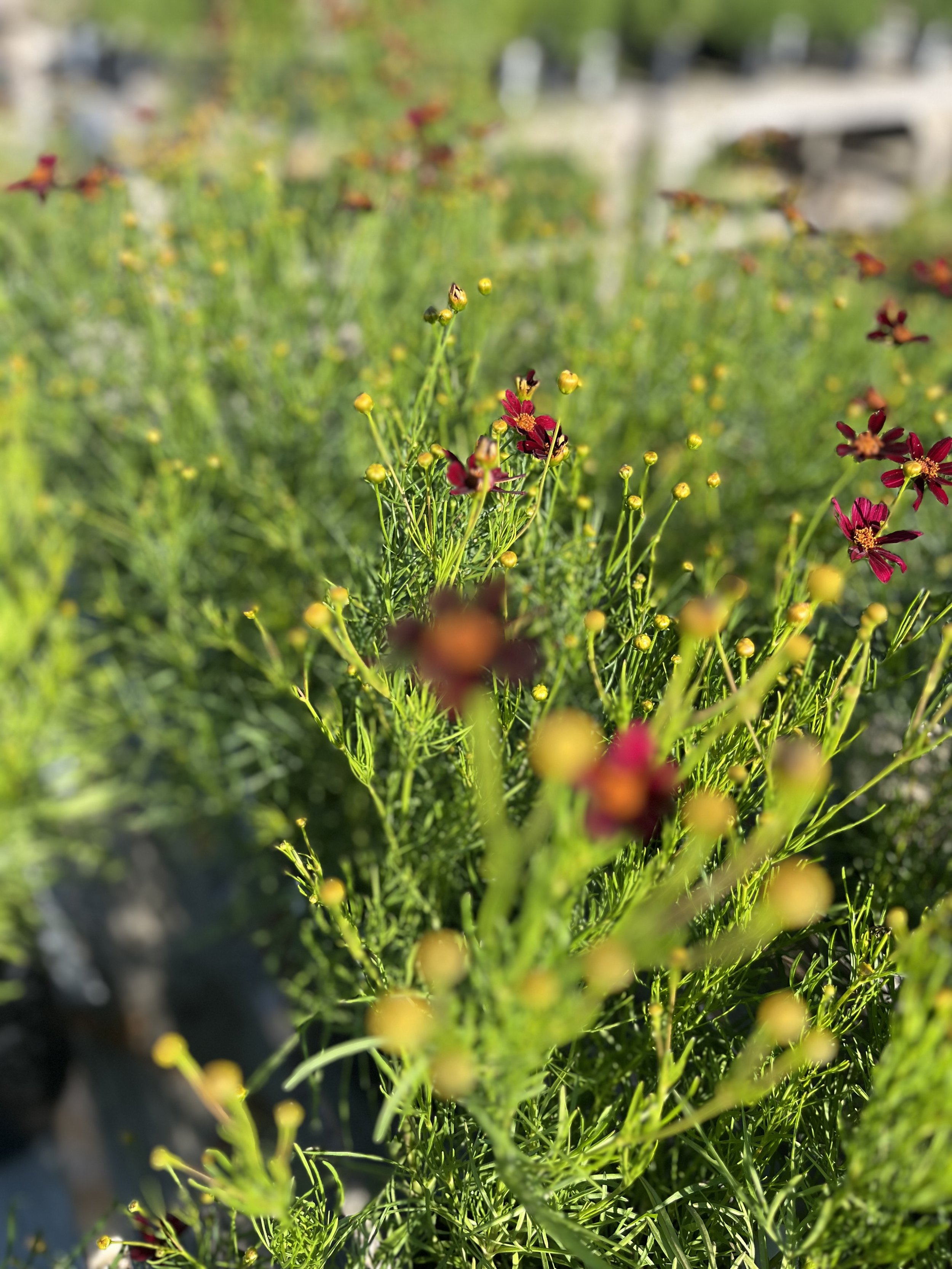VIOLINS, COW PATTIES, AND A FEW TEARS
It brought tears to my eyes.
Last weekend I had a chance to attend the Symphony in the Flint Hills.
Attending this event has been on my bucket list for years. I’ve always enjoyed music, but I really love the prairie, and I always figured this event would be a fun combination.
It didn’t disappoint!
The day was beautiful, and so were the Flint Hills. The native prairie was lush and green and loaded with colored wildflowers. They were blooming everywhere! And then hidden right out in the middle of this amazing landscape, a temporary tent city with a concert pavilion nestled into the background.
It was so out of place and yet so perfect.
When the concert started, the Kansas City Symphony took us for a very special ride. Their music combined with the breathtaking view was magical. It brought tears to my eyes.
And then, special guest vocalist, Katharine McPhee joined the performance.
I’d never heard of Katharine McPhee prior to this event. My wife reminded me I needed to get out of the garden once in a while! She informed me, Katharine was a runner-up on American Idol many years ago and has since established herself as a successful singer-songwriter and actress.
I don’t get out much.
I learned that one of the performances that led to her success during her American Idol run was her rendition of Somewhere Over the Rainbow. I’ve since watched it, and it’s good, but her performance last Saturday night, somewhere over the middle of the Flint Hills, with the Kansas City Symphony playing along with her was magical!
And I couldn’t help but tear up.
There were other moving moments, including a background cattle drive accompanied by the music of the symphony and a group sing-along to our state song, Home on the Range. Those were both pretty cool, too.
It was an amazing experience. I’ll be back.
Cameron Rees, General Manager
I’m a sucker for our native prairie. I love it! I don’t think I ever really appreciated what green was until my drives back to college through the Flint Hills showed me what happens to the fire-blackened hillsides after spring rains, warm weather, and a little bit of sunshine combined to create the perfect storm. That green sets the bar.
I also learned around that same time, what looks like a just sea of green is so much more.
The prairie is a rainbow of color!
If you allow yourself the chance to stop the car and step into that green ocean, you’ll discover the prairie is a lot more than just green grass. It’s also a colorful spectrum of wildflowers. As I’ve taken time to learn even more about our native prairie, it’s deepened my appreciation of how amazing this blend of grasses and wildflowers really is. It’s the perfect garden.
If you’d like to add a little bit of that wildflower color in your own garden, now’s a great time to scout ideas and plant some additions. Whether you’re planting native wildflowers or their perennial garden cousins, there’s a rainbow of color out there for you to enjoy in your own garden.
And the pollinators will be happy too!
—Cameron Rees
what’s new?! Skinner buck$!
Well… Skinner Buck$ aren’t exactly new, but the annual, summer redemption period is happening now and we’re ready to help you spend your Buck$! Come in between now and July 3rd to redeem them. If you aren’t yet familiar with Skinner Buck$, they are our loyalty reward program and you can start collecting anytime. See the full details below.
selecting perennials
Here at Skinners June is all about perennials! With so many to choose from, how do you know where to start? First, determine if your desired area is sunny or shady. Knowing the answer to that question is most important! Then, think about how big or small you want the plant to be and/ or what colors you prefer. Once you have that information, come on in and we can help with the rest.
Here’s one of my favorite recommendations…
Today, I’ll talk about one popular perennial that thrives in full sun, Coreopsis. Almost every gardener knows about coreopsis and even already has one or more planted in their garden. Coreopsis, also known as tickseed, is a hardy, easy-to-take-care-of, perennial that will bloom all summer in a sunny garden. Some Coreopsis have a thinner, airy feel, while others are compact with a thicker, wider leaf. Coreopsis comes in shades of red, orange, yellow, and sometimes peachy coral. Pollinators such as bees and butterflies adore the sweet nectar of Coreopsis, while birds will feast on seeds left when the flower is done blooming. Pests, for the most part, will leave this plant alone giving you a carefree perennial to enjoy all summer long.
—Misty Brown
“THYMELY” ADVICE:
bagworms are back!
It’s that time of year again.
Maybe you’ve noticed a few signs that your trees have unwelcome occupants. No, I’m not speaking of the obvious furry ones. Bagworms are starting to hatch and with that comes all kinds of problems.
The bagworm is the caterpillar stage of the bagworm moth. It produces a spiral shaped cocoon around itself as it feeds on over 128 different types of trees and shrubs, most notably junipers, arborvitaes and spruce.
From late May to early June, these larvae begin emerging from these bags and begin moving around, getting caught on the wind, or unintentionally moved by us. They will almost immediately begin feeding and building their own protective bags. As they grow, they move about the tree and feed more. About mid-August, they will stop feeding and attach their bag to a twig on the tree, close it up and begin pupating.
When they have started hatching, it’s time to treat.
We recommend Fertilome Spinosad. It’s highly effective and best of all, it’s organic. Other options include Hi-Yield Garden and Farm Insect Control or if you have a lot of spraying to do, like a long windbreak, use Hi-Yield 38 Plus. Hand removal of bags is also an option but be patient... it will take a while!
Keep in mind, the more mature bagworms get, the harder it is to control them, so react quickly. A quick response will also minimize the feeding damage you end up having.
These pesky insects are troublesome but with some help from your friends here at Skinner Garden Store, we can find the right tool to get the job done.
MOLE repellent
In our last newsletter, I wrote about dealing with moles. Shortly after that issue went out, a customer reminded me that I forgot to mention mole repellent. The repellent she was referring to uses castor oil as the active ingredient. She said she gets several years of control with just one application. That’s not bad!
The mole repellent we carry, Fertilome MoleGo, uses that same castor oil and is labeled for repelling moles as well as voles, gophers, armadillos, skunks, ground hogs, ground squirrels and other borrowing animals. It doesn’t list a specific length of time an application will last; it just says to reapply when you see new activity.
I routinely use this mole repellent in my mole battles as well. I take advantage of its repelling action, but I utilize it with a slightly different strategy in mind. I use it to drive them out of landscape beds and into the open yard to make it easier to catch them.
Jim out here shared that strategy with me years ago and I’ve used it with success many times since. It’s much harder to catch moles in and around my landscaping, there’s just too much vegetation in the way, but out in the open yard... eventually they’re going to lose.
So, if moles are plaguing your landscape, another option is mole repellents.
Jenny, thanks for the reminder!
—Cameron Rees
big savings on maple trees
We’ve got lots of great markdowns on plants, trees and shrubs throughout the garden center, but a special shout-out to ALL remaining potted maples, which are now 50-75% OFF! This includes popular varieties, like the Japanese Maples, Red Maples, and Autumn Blaze Maples, as well as specialty varieties, like the Paperbark Maples, Miyabe Maples, and more. These are great looking trees at 50%-75% off. If somebody’s been on the fence about buying a maple for their yard, this is a good opportunity to get it done!



















